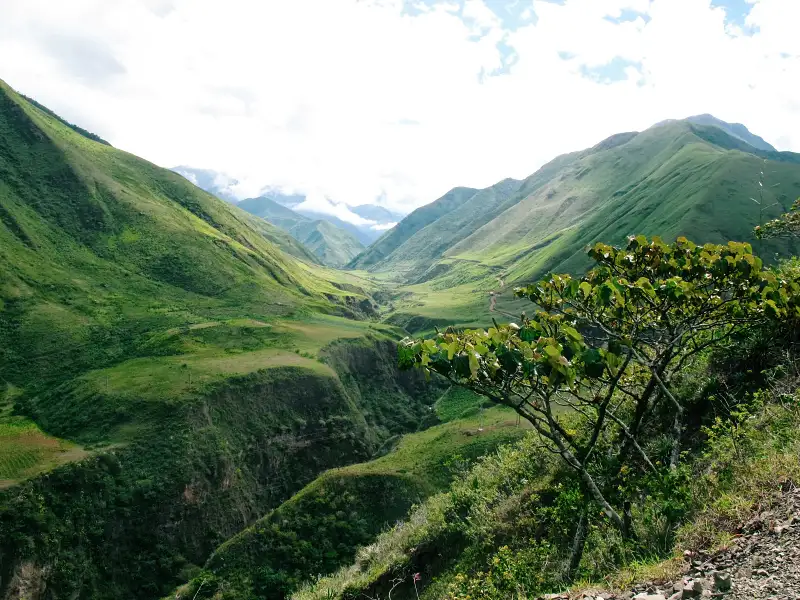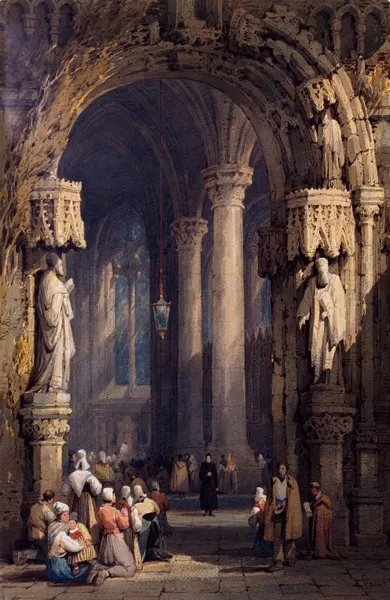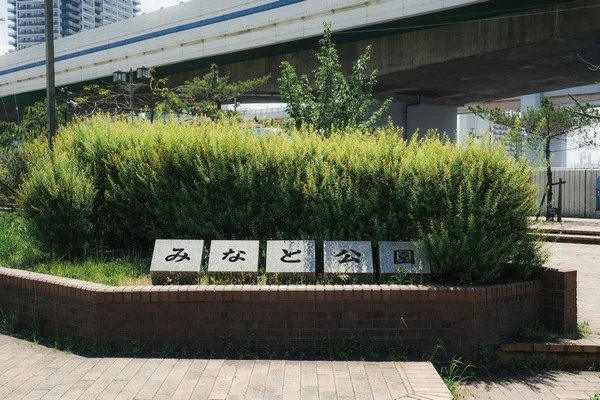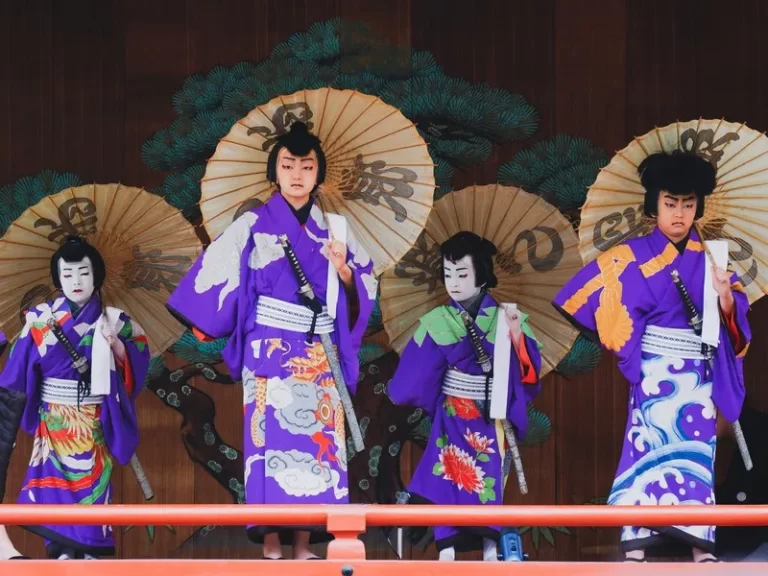Table of Contents
- Historical Context
- Cultural Diversity
- Social Structure and Inequality
- Contemporary Challenges
- Urbanization and Migration
- Conclusion
Ecuador, a small yet diverse country located in South America, offers a rich tapestry of cultural, social, and economic experiences. With its population of approximately 17 million people, Ecuador is home to a mix of indigenous, mestizo, and Afro-Ecuadorian communities. The nation’s diversity is reflected in its varied geography, which includes the Amazon rainforest, Andean highlands, and the Galápagos Islands. Understanding life in Ecuador requires a deep dive into its history, culture, social structure, and contemporary challenges.
Historical Context
Pre-Colonial and Colonial Periods
Before the arrival of the Spanish conquistadors in the 16th century, Ecuador was inhabited by numerous indigenous groups, including the Caras, Quitus, and Cañaris. These groups had rich traditions and complex social structures. The Inca Empire, expanding from modern-day Peru, also played a significant role in shaping the region’s pre-colonial history. The Spanish conquest brought about dramatic changes, including the imposition of colonial rule, the introduction of Christianity, and the exploitation of indigenous labor through systems like the encomienda.
Independence and Modern Era
Ecuador gained independence from Spain in 1822, becoming part of Gran Colombia before emerging as a separate republic in 1830. The country has since experienced periods of political instability, military coups, and economic fluctuations. Despite these challenges, Ecuador has made significant strides in areas such as education, healthcare, and infrastructure. The discovery of oil in the 1960s transformed the economy, leading to modernization and urbanization, albeit with associated social and environmental costs.
Cultural Diversity
Indigenous Heritage
Ecuador’s indigenous heritage is a vital part of its national identity. Indigenous communities, such as the Kichwa, Shuar, and Otavalo, maintain distinct languages, customs, and traditions. These communities are often found in the highlands and the Amazon rainforest, where they engage in traditional agriculture, crafts, and rituals. Indigenous movements have also played a crucial role in advocating for land rights, cultural preservation, and political representation.
Mestizo and Afro-Ecuadorian Cultures
The mestizo population, a mix of indigenous and European ancestry, forms the majority in Ecuador. This blending of cultures is evident in the nation’s language, cuisine, and festivals. Afro-Ecuadorians, primarily descended from enslaved Africans brought to the region during the colonial period, have a rich cultural heritage, particularly in music, dance, and oral traditions. Regions such as Esmeraldas and the Chota Valley are known for their vibrant Afro-Ecuadorian communities.
Festivities and Traditions
Ecuador’s cultural richness is vividly displayed through its numerous festivals and traditions. Celebrations such as Inti Raymi, the Festival of the Sun, and the Carnival of Guaranda highlight the syncretism of indigenous and Catholic traditions. These events are not only social gatherings but also serve as important markers of identity and community cohesion. Traditional music and dance, including the marimba and the sanjuanito, are integral to these celebrations, reflecting the diverse cultural influences that shape Ecuadorian society.
Social Structure and Inequality
Class and Economic Disparities
Ecuador’s social structure is marked by significant economic disparities. The gap between the wealthy elite and the impoverished remains a critical issue. Urban areas, particularly the capital Quito and the coastal city of Guayaquil, are centers of economic activity and modernization. However, rural areas, especially in the highlands and Amazon, often experience poverty and lack access to basic services. Government initiatives and social programs aim to address these inequalities, but progress is uneven.
Gender Roles and Inequality
Gender roles in Ecuador are shaped by traditional and modern influences. Machismo, a cultural norm that emphasizes male dominance, persists in many areas, contributing to gender inequality and violence against women. However, there has been significant progress in women’s rights and participation in public life. Women are increasingly visible in politics, business, and education, advocating for gender equality and social change. Programs aimed at combating domestic violence and promoting women’s health and education are vital steps towards achieving gender equality.
Indigenous and Afro-Ecuadorian Struggles
Indigenous and Afro-Ecuadorian communities face unique challenges within the broader context of Ecuadorian society. Despite their cultural contributions and historical significance, these groups often encounter discrimination and limited access to resources. Efforts to improve their socio-economic status include initiatives to enhance educational opportunities, healthcare access, and political representation. The resilience and activism of these communities are crucial in their fight for equality and recognition.
Contemporary Challenges
Environmental Issues
Get the full article AD FREE. Join now for full access to all premium articles.
View Plans & Subscribe Already a member? Log in.






